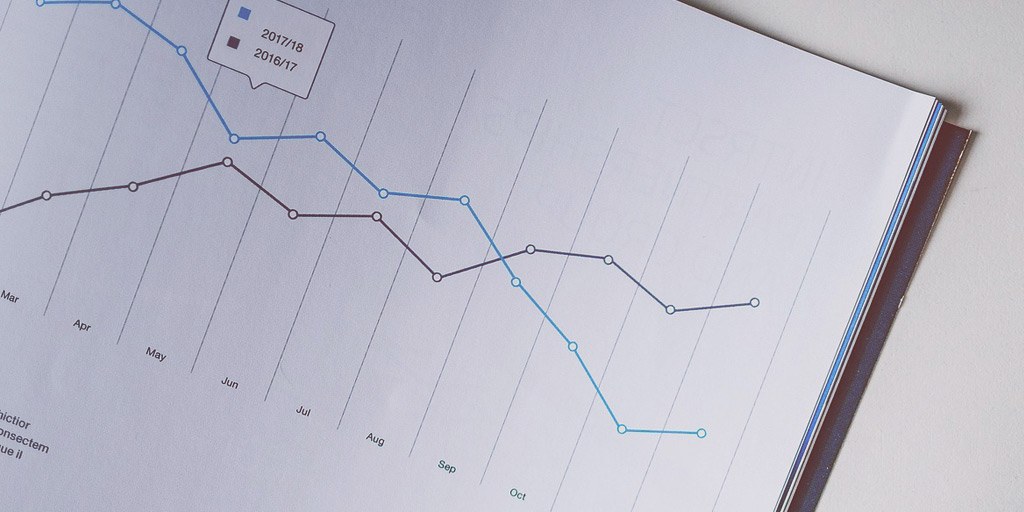Are Your Customers Healthy? How to Create a Customer Health Score

Oren Raboy at Totango summarizes customer success pretty well: “The growth of your company relies, more than anything else, on delivering lasting value to your customers. Acquiring new customers is essential, but if many of them leave, your business is a leaky bucket that will never grow.”
The goal of a customer success team is to help a SaaS organization’s customer base find value with the product. Customers who get value from the product are more likely to renew and upgrade their accounts. Retaining your customers is the secret to predictable revenue. It’s a simple dynamic.
But before you can help your customers achieve value, you have to identify which customers are unhappy with the product or struggling to find value with it. Naturally, you want to know which customers are considering churning so you can intervene and support the account.
What is a customer health score?
Scoring the health of each customer is an effective way to turn qualitative data into quantitative data that can be measured. Scoring models are crucial for customer success teams.
A customer health score is a numerical representation of the customer’s satisfaction with your product. It can be used to predict the likelihood that a customer will renew or grow their account. In most cases, it’s a number between 1 and 100, where 1 is a very displeased customer and 100 is a completely satisfied customer.
You can use the customer health score to identify customers that need your attention. It’s a far more productive way to gauging your customers than going through them one-by-one.
You should set thresholds for action. For example, you might decide that any customer whose score falls below 70 deserves investigation and any customer whose score falls below 60 requires some type of action.
The best health scoring models are paired with automated alerts. If a customer drops below your threshold, a customer success manager should be notified so they can respond appropriately. Solving customer problems before they manifest is an excellent way to improve the customer experience.
Many companies use a green/yellow/red “stoplight” scoring system, but this model has some hard-to-ignore limitations.
- It has to be updated manually by a person. This makes it impossible to use if you have a low-touch product with thousands of customers. As your customer base gets larger, many customers are never filtered into a group.
- It’s hard to tell why a customer belongs in each color group unless you do a lot of investigating.
- The criteria is extremely subjective. A customer success manager, account managers or salesperson might consider a complaint worthy of red status, while someone only considers it worth of yellow status.
- It’s not accurate enough to make any predictable conclusions. For instance, you couldn’t make renewal forecasts based on it.
This approach is better than nothing. At the very least it gets your organization thinking about the long-term satisfaction of your customers.
You could allow your customer success managers to assign the customer health score subjectively. This works in well enough in organizations with fewer, high-touch customers. If you have too many customers to call in a day, however, you need to build automation in your customer health score.
Creating a customer health equation
If you create an equation based on customized inputs, you can have a script continually run a health score check that can be displayed on your analytics dashboard and send alerts to the appropriate team members. If you use an off-the-shelf customer success tool, you’ll need to have one of the developers at your organization use the tool’s API to grab the right data and display it properly.
Here is just a sample of the types of inputs you can use in your equation.
- Usage of your product. Generally, more usage means more satisfaction.
- Number of completed renewals. Customers who renew more often are usually more satisfied.
- Number of upsells. Customers who buy more are happier.
- Results from a customer survey.
- Depth of product use. If they use every feature, they like the product.
- How quickly the customer reached the onboarding milestone.
- How often the customer engages with marketing assets (such as emails, webinars, speaking events, etc.).
- Number of support tickets in a given period of time.
- Invoice history. Customers who pay on time are usually more satisfied, but be careful with this one. Sometimes customers love the product, but their finances aren’t solid.
- Usage of select features that deem more valuable.
- Account growth. If customers expand their account quickly, they probably like you.
- The product users in the organization. In most cases, products used by C-level executives are more satisfied because those are the decision makers.
- Nonrecurring spend. Customers who like your company buy additional services like consulting and training.
- The customer’s involvement in your community, like through blog comments or forums.
- Length of time they have been a customer. Longer subscriptions = happy customer.
Obviously, your results will vary. You’ll have to incorporate any variables that are important to your product and customer. “While every company calculates theirs differently, the important thing is to have a health score methodology that helps your company align your customer success processes with the outcomes you’re trying to drive with your customer base,” says Phil Nanus at TSIA. This is one of those cases where more data means more accurate results.
“The key to building an effective health score that’s descriptive is to focus on the metrics and data points that provide a regular signal,” says Catherine Blackmore at Bluenose. Don’t write your equation to consider variables that only apply to some accounts or you’ll struggle determining which customer needs support first.
Furthermore, you’ll have to find reasonable ways to weigh those variables in a manner that means something to your business. For example, you might decide that product usage is critical for customer health, but nonrecurring spend doesn’t have much effect. Your equation would add more weight to your usage metric to represent that.
Your equation should spit out a number between 1 and 100. It can be modified at any time as you gain new information about your customers. If you use an automated script to calculate the equation, adjusting the formula will update all scores.
Let’s make it more confusing: multiple customer health models
Like everything else, customer health isn’t as simple as it appears at first. In some cases, you may need multiple health scores, depending on your customers.
You’ll probably want to use a separate model for new customers, say, within the first three or four months. These customers are highly susceptible to churn, so might weigh factors like “product use,” “intervals between logins,” or “account setup” more heavily than you would for long-time customers.
Another example would be a customer who’s working in a heavily regulated industry. In this case, a healthy customer would be someone who takes advantage of your regular compliance feature. Customers in other industries wouldn’t be considered unhealthy because they don’t use it.
Then again, if you craft your customer health score cleverly, you can build variables in that account for these differences so you only need one equation. For instance, if your equation considered the “customer age,” you could modify other variables based on it.
At this point, you’ll essentially be created an algorithm. Consult with the math-inclined technical people in your organization. Don’t be afraid to build a robust calculation. This number can make a world of difference when you need to prioritize the activities of your customer success team.
Going forward
You’re a SaaS business, so I don’t need to sell you on the advantages of automation. It’s the only way to manage a software business with lots of customers at scale. By creating a customer health score, you’ll turn customer sentiment (which, on its own, is subjective) into measurable data that can lead to action. The sooner you do it, the better your retention numbers will be.


